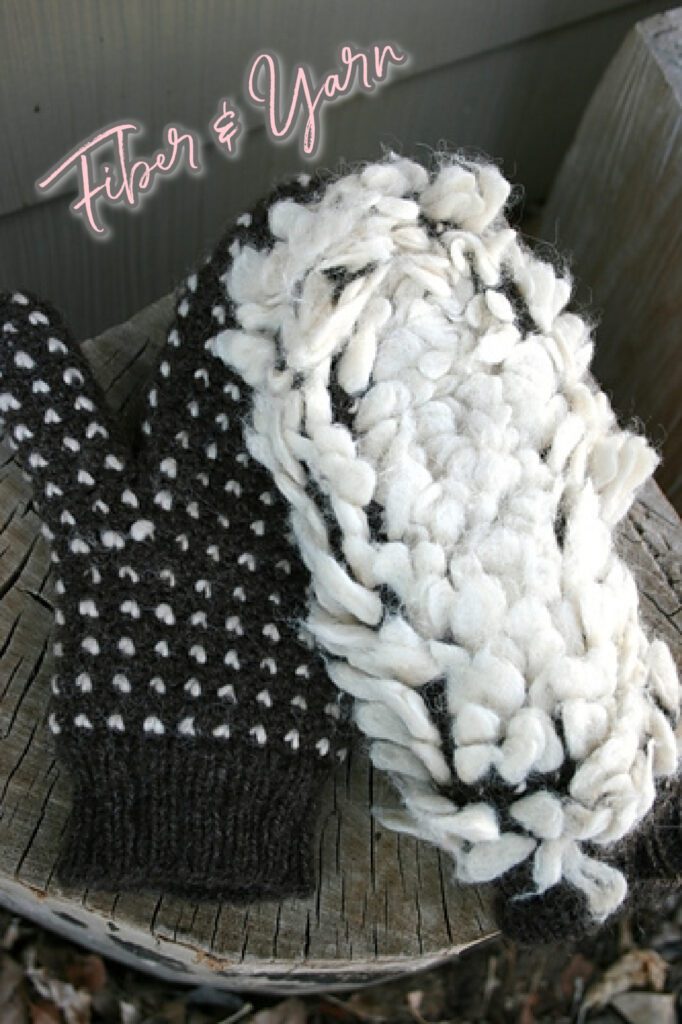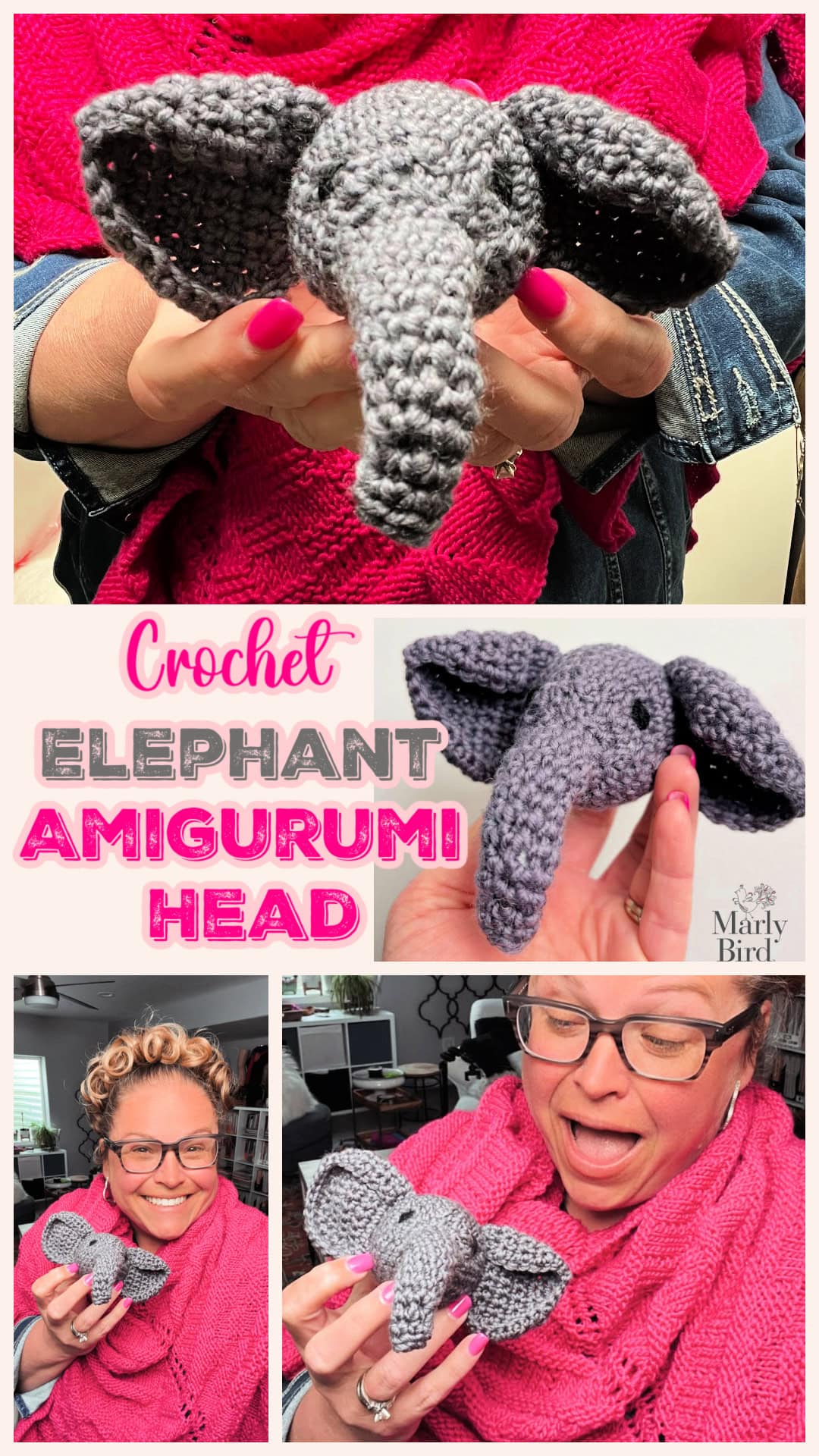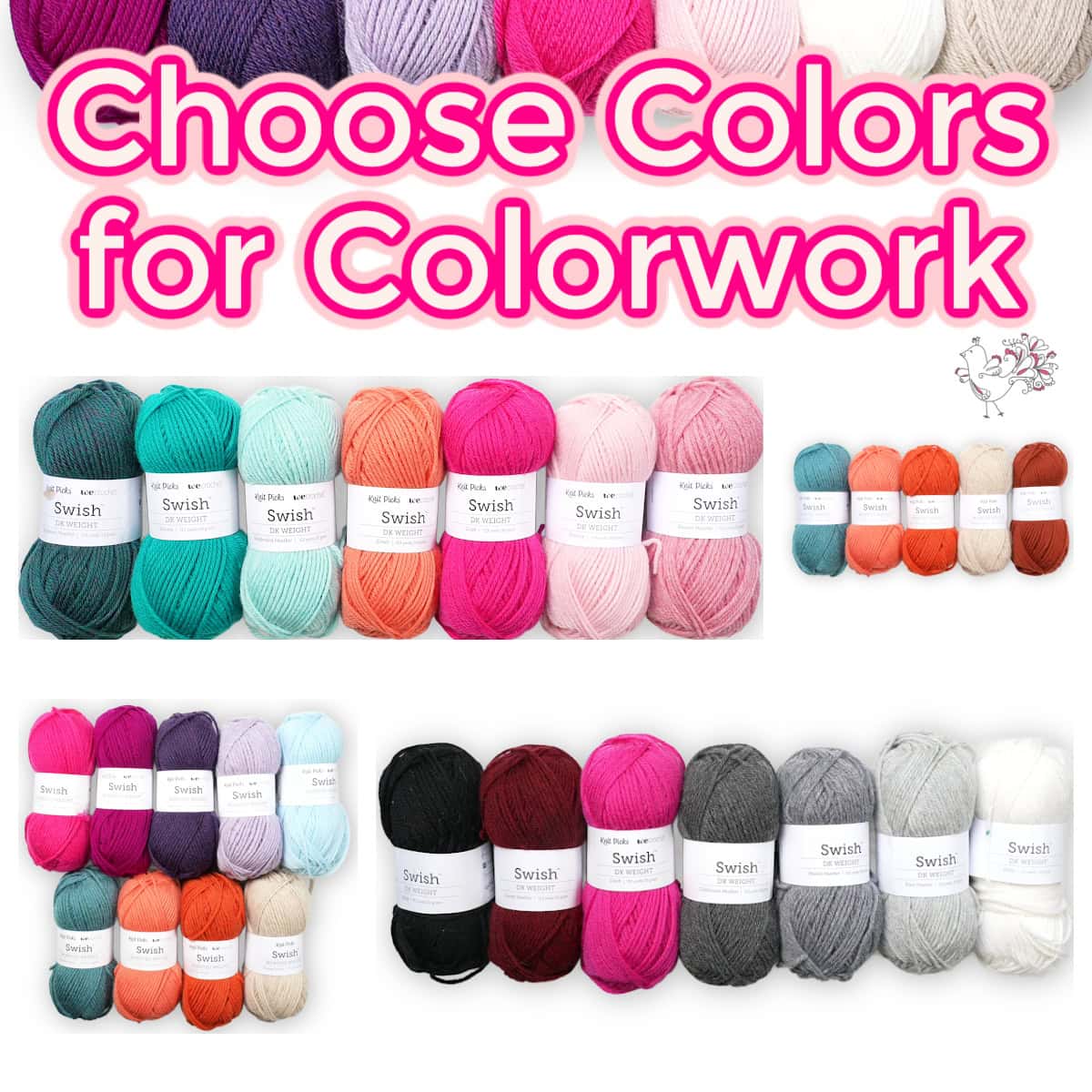Fiber And Yarn: Learn With Marly Bird!
Today begins an in-depth series of blog posts all about fiber and yarn. Over the course of the next several weeks, you’ll be learning all about fibers, processing, yarns, spinning, dyeing, and all kinds of things you didn’t know you didn’t know. After all, you all do know what to do with yarn, but I think it’s also really useful to have some background knowledge about where all our delicious yarns actually come from.
You do know that all yarn is not created equal. We all know that some yarns shed while some don’t; some yarns are slippery while some are more ‘sticky,’ and the big elephant in the room…some are WAY more expensive than others. WHY is that? So I think it’s about time I shed some light on these things for you.
Let’s start the ball rolling by answering this burning question…
What Is Fiber And Yarn?
We all know that clothes are made of different materials, but have you ever wondered what those materials are? The key to understanding the whole process and why it works is to learn about the two major components involved: fiber and yarn.
We’re going to take a closer look at what fiber and yarn are, their types, and their importance in the textile and crafting industries. Keep reading to enhance your knowledge of fibers and yarns in the knit and crochet world.
The Difference Between Fiber And Yarn
Fiber and yarn are not the same thing, even though they are often used interchangeably in conversation. Fiber is the raw material that yarn is made from, and it can come from a variety of sources, including animals, plants, and synthetic materials.
Yarn, on the other hand, is the final product created from spinning fibers together into a continuous strand. Therefore, fiber comes first, and the yarn-making process comes after. Yarn is usually stronger than the individual fibers it is made up of because the twist of the yarn keeps the fibers tightly bound together. While the two are related, there are key differences between fiber and yarn. Fiber can come in different forms, like roving, meaning the fibers are still loose and have not been spun into yarn yet. Yarn, on the other hand, typically comes in skeins, balls, or hanks.
If you’d like to try spinning your own yarn, brands like Ashford and Schacht offer various types of spinning wheels and tools to create your very own handmade yarn. I think most of us prefer our yarn ready to use, but maybe you’d like to branch out and learn more fiber skills.
Ultimately, fiber and yarn are an essential part of the world of knitting, crochet, and other crafts and offer endless possibilities for creativity.
Now that we know what fibers and yarns are, how do you decide which yarn weight to use?
Yarn Weights…In Brief
Yarn weights are an important aspect of the knitting world, as they determine the thickness of a given yarn. Choosing the right weight is crucial for achieving the desired outcome of the project. But first, it’s important to understand that yarn is created by combining fibers. More fibers mean a thicker yarn; combining fewer fibers produces a finer yarn.
But what do yarn weights really mean?
Yarn weights help distinguish between the various thicknesses of yarn. Each weight has its own range of suggested needle or hook sizes for optimal use. For example, worsted-weight yarn is thicker than sock yarn and requires larger needles or hooks to achieve the correct tension or gauge.
So, what are all the yarn weights?
The yarn weights range from lace to super bulky, with each weight named after its thickness. The CYCA (Craft Yarn Council of America) has also classified yarn weights by number and definition (0-7). These are guidelines, and you should always swatch to ensure your sizing will be correct.
The most common yarn weights
- 0 – Lace – Fingering, Size 10 crochet thread
- 1 – Superfine – Fingering, Sock yarn, or Baby yarn
- 2 – Fine – Sport or Baby yarn
- 3 – Light – DK or Light Worsted
- 4 – Medium – Worsted, Afghan, or Aran
- 5 – Chunky – Bulky, Craft, or Rug
- 6 – Super Bulky – Super Bulky or Roving
- 7 – Jumbo – Jumbo or Roving
Now that you know a little about yarn weights, let’s take a closer look at fibers again.
Natural Or Man-made Fibers
Fiber and yarn are essential materials used in many types of textiles. Fibers can be categorized into two types: natural and man-made. Natural fibers are produced by plants or animals, and they have been used for centuries. Examples of natural fibers include alpaca, angora, and merino, which are commonly used in the production of high-quality yarn. These fibers are known for their softness, warmth, and durability, making them ideal for a wide range of clothing and accessories.
On the other hand, man-made fibers are created using synthetic materials such as polyester, nylon, and acrylic. These fibers are manufactured using chemical processes and are often less expensive than natural fibers. They are also known for their strength, and they are often used in the production of sturdy, durable textiles. Some man-made fibers are even designed to mimic the properties and appearance of natural fibers.
The Three Types Of Fibers For Yarn
Additionally, there are three different types of yarn that are commonly used in knitting and crocheting. Each type has its own unique qualities that make it suitable for specific projects or purposes. Understanding the differences between these types of yarn is important for any crafter or knitting enthusiast.
Animal-based Yarn
The first type of yarn is known as animal-based yarn. It is made from the fibers of animals such as sheep, goats, alpacas, or rabbits. This type of yarn is often warm, soft, and durable. It is perfect for knitting or crocheting winter accessories, such as scarves and hats, as well as cozy blankets and sweaters.
Plant-based Yarn
The second type of yarn is plant-based yarn, which is made from fibers that come from plants like cotton, bamboo, or linen. This yarn can be lightweight, breathable, and ideal for summer projects such as tops, shawls, and light scarves. It is also less likely to irritate sensitive skin, making it a great choice for baby clothes or anyone with allergies.
Synthetic Yarn
The final type of yarn is synthetic-based yarn, which is made from man-made materials such as acrylic, nylon, or polyester. This type of yarn is often more affordable than other types and can be great for beginners or anyone on a budget. It is also versatile and can be used for a variety of projects, from blankets to toys to clothing items.
Understanding the different types of yarn and their unique qualities can help you choose the perfect yarn for your next project. We’ll cover more about each of these different fibers over the coming blog posts.
The Three Types Of Yarn
Staple Fiber Yarn
‘Staple length’ is the term used when stating the length of fibers. Some wools, as well as cotton fibers, have a short staple length (around 1 inch or 2.5cm) which makes them harder to spin and more likely to shed tiny fibers. Yarns made from short fibers tend to be thicker and more tightly spun to try to keep the short fibers together.
Plied Yarn
Fibers are spun into yarn which can be ‘plied’ together to make thicker yarns. A 1-ply or single-ply yarn is one strand twisted and used as is. 2-ply yarn is 2 strands of yarn twisted together, 3-ply is 3 strands twisted together, and so on. Plying multiple strands results in smoother yarns and gives knit and crochet stitches better definition.
Filament Yarn
The vast majority of filament yarns are synthetic since synthetic fiber production makes an endless strand of a single fiber. These endless fibers are cut and plied together to form yarn of various thicknesses.
However, there is one naturally occurring filament fiber: silk. Silkworms produce one single fiber, which they form into a cocoon. We’ll talk more about this in another article.
Wrapping Up Fiber And Yarn
Overall, the materials chosen for knitting and crocheting, the fibers themselves, and the way they’re made have a huge impact on the final product. This makes it important to choose the right type of fiber and yarn for each of your projects.
Overall, understanding fiber and yarn is beneficial for anyone interested in textiles and crafts in general. It helps you choose the appropriate tools and supplies for each project. Also, knowing the composition and characteristics of various fibers and yarns can help you make sustainable and eco-friendly choices.
Ultimately, having an understanding of fiber and yarn is very useful for any knitters and crocheters interested in creating magnificent pieces with needles or hooks.
Coming next week…
Look out for tons of detailed information on wool yarn in next week’s post: “All About Wool Yarn.” Everything you need to know!
Stay tuned…
But if you just can’t wait to get your hands on some fabulous yarns…check out these posts for some fabulous choices.











